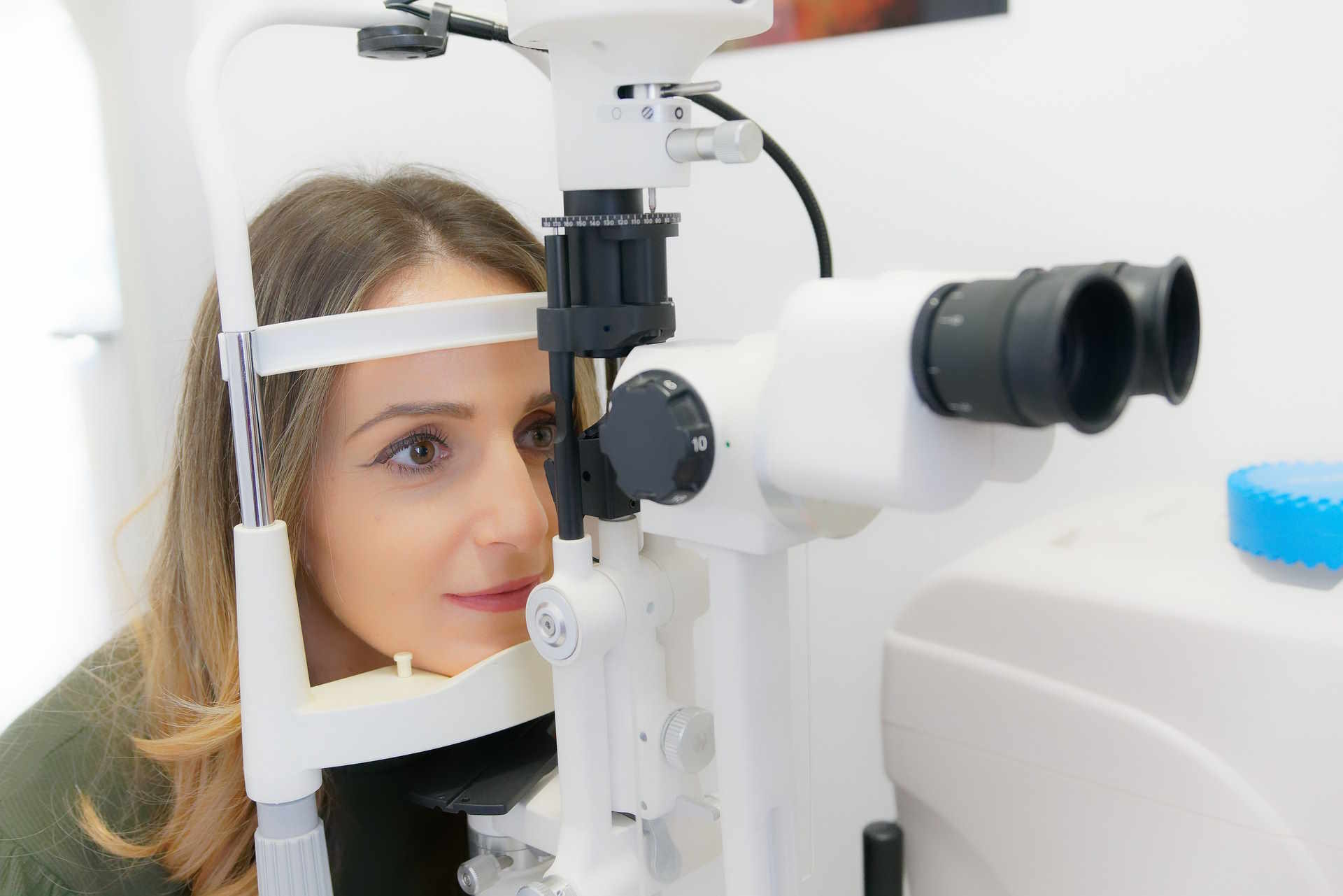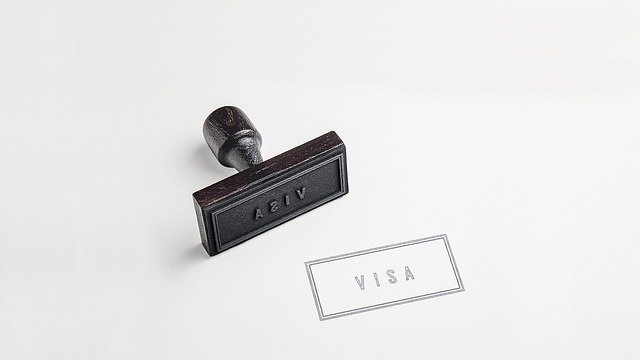Discover the Freedom of Clearer Vision with LASIK
LASIK eye surgery is one of the most advanced and popular options for people who want to reduce their dependence on glasses or contact lenses.This article explores how LASIK works, what benefits it offers, and what to consider before deciding if it’s right for you.It provides a clear, trustworthy overview —avoiding exaggerated claims — to help readers make an informed choice about vision correction.

LASIK, which stands for Laser-Assisted In Situ Keratomileusis, is a refractive surgery procedure designed to correct common vision problems such as myopia (nearsightedness), hyperopia (farsightedness), and astigmatism. The procedure works by reshaping the cornea—the clear front surface of the eye—using a specialized laser, allowing light to focus more accurately on the retina and resulting in clearer vision.
The procedure itself typically takes less than 30 minutes for both eyes, with the actual laser treatment lasting only seconds per eye. Most patients experience improved vision within 24 hours, though complete healing and stabilization may take several weeks. The popularity of LASIK has grown steadily since its approval, with technological advancements continually improving safety profiles and outcomes.
This article is for informational purposes only and should not be considered medical advice. Please consult a qualified healthcare professional for personalized guidance and treatment.
What to Look for in Local Eye Surgery Services
When considering LASIK eye surgery in your area, finding qualified providers requires careful research and consideration. Local eye surgery services vary in their technology, experience levels, and patient care approaches. Begin by seeking recommendations from your optometrist or general practitioner, as they often have professional networks and can suggest reputable surgeons.
Key factors to evaluate include the surgeon’s credentials, the number of procedures they have performed, and the technology available at their facility. Modern LASIK centers utilize advanced diagnostic equipment to create detailed maps of your cornea, enabling highly customized treatments. Additionally, consider the center’s reputation for patient care, including pre-operative consultations, post-operative follow-up, and availability for addressing concerns.
Many facilities offer free initial consultations where you can discuss your candidacy for the procedure, ask questions about risks and benefits, and understand the specific techniques they employ. During these consultations, you should receive a thorough eye examination to determine whether LASIK is suitable for your particular vision needs and eye health status.
Finding a Specialized Eye Center in Your Area
Identifying a specialized eye center nearby involves more than simply searching online directories. While digital searches provide a starting point, thorough vetting ensures you select a facility that meets high standards of care. Look for centers that specialize exclusively in refractive surgery or have dedicated departments with experienced teams.
Accreditation and certifications matter significantly in this field. Reputable eye centers often hold accreditations from recognized ophthalmology organizations and maintain memberships in professional societies. These affiliations indicate adherence to industry standards and ongoing professional development.
Patient reviews and testimonials can offer valuable insights into the experience others have had at specific centers. However, balance these subjective accounts with objective criteria such as surgeon qualifications, technology used, and complication rates. Many centers provide transparent information about their outcomes, including success rates and patient satisfaction scores.
Schedule consultations with multiple centers if possible. This allows you to compare approaches, ask detailed questions about their protocols, and assess the level of comfort and confidence you feel with each provider. The relationship between patient and surgeon is important, as clear communication contributes to better outcomes and peace of mind throughout the process.
Considering Laser Eye Surgery Abroad
The concept of traveling internationally for medical procedures, including laser eye surgery, has gained attention in recent years. Several factors drive this trend, including cost considerations, access to specific technologies, or the desire to combine treatment with travel. However, pursuing laser eye surgery abroad requires careful evaluation of multiple factors.
Quality standards and regulatory oversight vary significantly between countries. While some international facilities maintain excellent standards comparable to or exceeding those in Australia, others may not adhere to the same rigorous protocols. Research the credentials of international surgeons thoroughly, including their training, certification, and experience with international patients.
Language barriers and cultural differences can impact communication, which is crucial for understanding pre-operative instructions, post-operative care requirements, and potential complications. Ensure that the facility provides adequate language support and clear documentation in English.
Post-operative care presents a significant consideration when having surgery abroad. LASIK requires follow-up appointments to monitor healing and address any issues that may arise. If complications develop after returning home, you will need local care, which may complicate continuity of treatment. Some patients arrange for local ophthalmologists to provide follow-up care, but this requires coordination and may involve additional costs.
Travel logistics also factor into the decision. You must account for recovery time before flying, as air travel immediately after surgery is generally not recommended. Budget for extended stays if complications arise or additional appointments become necessary.
| Consideration | Domestic Option | International Option |
|---|---|---|
| Regulatory Oversight | Strict Australian standards | Varies by country |
| Follow-up Care | Convenient local access | May require coordination |
| Communication | No language barriers | Potential language challenges |
| Travel Requirements | Minimal | Flights, accommodation, extended stay |
| Cost Range (AUD) | $2,500 - $4,000 per eye | $1,000 - $2,500 per eye (varies widely) |
Prices, rates, or cost estimates mentioned in this article are based on the latest available information but may change over time. Independent research is advised before making financial decisions.
The decision to pursue laser eye surgery abroad should balance potential cost savings against considerations of quality, convenience, and continuity of care. For many patients, the peace of mind that comes with local treatment and accessible follow-up care outweighs potential financial advantages of international options.
Understanding the LASIK Procedure
The LASIK procedure follows a systematic approach that has been refined over decades. Initially, the surgeon creates a thin flap in the cornea using either a microkeratome blade or a femtosecond laser. This flap is then gently lifted to expose the underlying corneal tissue.
Next, an excimer laser precisely removes microscopic amounts of tissue to reshape the cornea according to your specific prescription. The laser operates with exceptional accuracy, guided by detailed measurements taken during your pre-operative assessment. For nearsightedness, the cornea is flattened; for farsightedness, it is made steeper; and for astigmatism, it is smoothed into a more regular shape.
Once the reshaping is complete, the corneal flap is repositioned. It adheres naturally without stitches, beginning the healing process immediately. Most patients experience minimal discomfort during the procedure, as numbing eye drops are used throughout.
Recovery and Results
Recovery from LASIK is generally swift compared to many surgical procedures. Most patients notice improved vision within hours, though some blurriness or haziness is normal initially. Complete visual stabilization typically occurs over several weeks to months.
Immediate post-operative care includes using prescribed eye drops to prevent infection and reduce inflammation. You will need to avoid rubbing your eyes, swimming, and strenuous activities for a specified period. Follow-up appointments allow your surgeon to monitor healing and address any concerns.
While LASIK has high success rates, it is not suitable for everyone. Factors such as corneal thickness, pupil size, prescription stability, and overall eye health determine candidacy. Some individuals may still require reading glasses as they age due to presbyopia, a natural aging process affecting near vision.
Potential side effects include dry eyes, glare, halos around lights, and temporary discomfort. Serious complications are rare but can include infection, undercorrection, overcorrection, or flap complications. Discussing these risks thoroughly with your surgeon helps set realistic expectations.
The freedom that comes with clearer vision extends beyond convenience. Many people report enhanced quality of life, greater confidence in activities, and liberation from the daily management of corrective eyewear. Whether you are considering local services or exploring options further afield, thorough research and consultation with qualified professionals will guide you toward the best decision for your vision needs.



